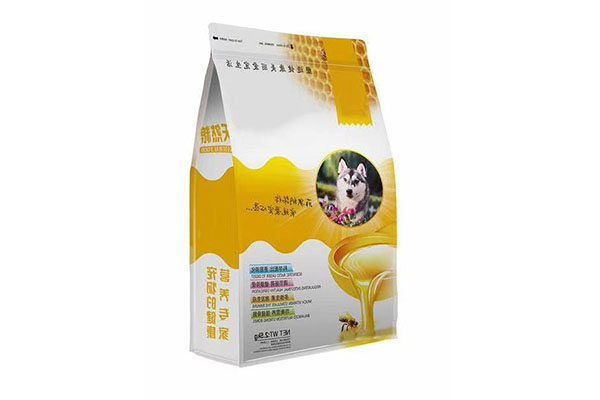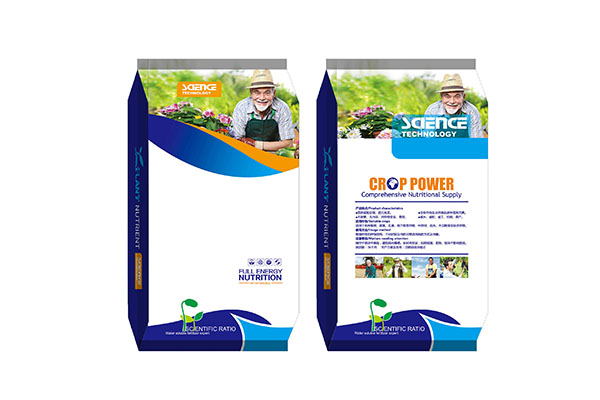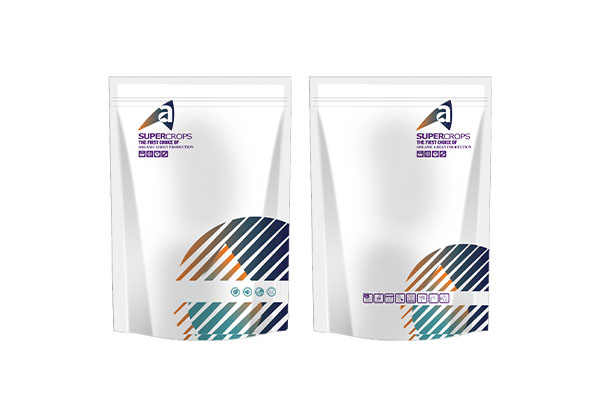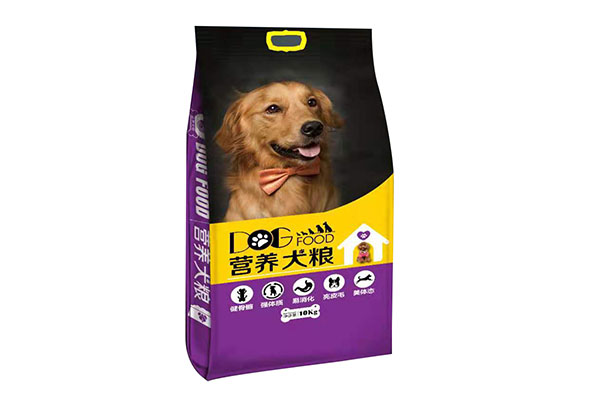How can we achieve scratch resistance of high-precision patterns on the surface of a three-side seal stand-up bag through printing?
Release Time : 2025-09-15
In the printing process for three-side seal stand-up bags, achieving the synergistic optimization of high-precision patterns and scratch resistance requires a systematic design approach encompassing four key aspects: printing technology compatibility, ink system enhancement, surface treatment process innovation, and refined production process control. This ensures that the three-side seal stand-up bag not only meets visual presentation requirements but also provides the physical protection needed for complex usage scenarios.
Gravure printing, due to its unique ink transfer mechanism, is the preferred option for three-side seal stand-up bags. Three-side seal stand-up bags typically utilize composite structures such as PET/AL/PE or NY/PE, resulting in significant variations in surface smoothness and ink absorption. Gravure printing transfers ink via a cylinder engraved with micron-scale grooves. The groove depth is directly correlated to the pattern's layering, enabling the precise reproduction of complex designs such as gradients and lines. Compared to flexographic printing, gravure printing produces a more uniform ink layer thickness, providing a more stable substrate for subsequent scratch resistance treatment. During the printing process, the roller engraving precision must be adjusted according to the material of the three-side seal stand-up bag. For example, laser engraving technology is used on PET substrates to minimize cell volume errors. Combined with a high-mesh ceramic anilox roller, this ensures that ink evenly fills the grooves, avoiding blurred patterns or false edges caused by uneven ink distribution. This ensures high-precision rendering of the pattern on the three-side seal stand-up bag.
Optimizing the ink formulation is crucial for improving scratch resistance. Traditional inks are prone to pattern wear and discoloration when subjected to frequent friction on the three-side seal stand-up bag. Modified acrylic resins enhance molecular chain rigidity by introducing benzene rings. Combined with nano-silica filling, they form a dense microscopic raised structure on the ink layer. When the three-side seal stand-up bag is scratched, these raised structures disperse external forces, converting concentrated stress into dispersed stress, significantly reducing the risk of pattern damage. Furthermore, the addition of a silicone leveling agent reduces ink surface tension, eliminating orange peel patterns caused by poor leveling and preventing scratches caused by excessive surface roughness on the three-side seal stand-up bag, thereby ensuring the integrity and clarity of the design.
The surface coating process provides the final barrier for protecting the design on the three-side seal stand-up bag. UV varnish coating technology uses ultraviolet light to cure the ink layer, forming a highly cross-linked polymer network. This network, with a hardness far exceeding that of ordinary inks, effectively resists scratches from sharp objects. For the aluminum-coated composite structure of the three-side seal stand-up bag, water-based polyurethane coating demonstrates superior compatibility. It has strong adhesion to the aluminum layer, and the introduction of fluorocarbon segments reduces surface energy, significantly reducing the coating's coefficient of friction and further minimizing scratches. During the coating process, the varnish viscosity and coating amount must be strictly controlled to avoid curling due to excessively thick coating or compromising the protective effect due to excessively thin coating, ensuring uniform coverage of the design surface.
Meticulous control of the production process is maintained throughout the entire printing cycle of the three-side seal stand-up bag. During the printing process, the printing plates must be cleaned regularly to prevent ink residue from clogging the cells and affecting the precision of the pattern. During the lamination process, the adhesive application amount and curing temperature are controlled to ensure the composite strength meets the required standards and prevent delamination and coating loss. During slitting, laser die-cutting is used instead of traditional knife dies to minimize the flatness of the cut edges and avoid scratches caused by burrs. Furthermore, the use of scratch-resistant lining materials, such as EPE (Electrolyte Polyethylene), in the packaging process reduces the friction coefficient between the three-side seal stand-up bags during transportation, ensuring that the high-precision pattern remains intact until final use.
Through precision control of gravure printing, optimized scratch-resistance ink formulations, enhanced surface coating protection, and meticulous management throughout the entire process, the three-side seal stand-up bag printing process achieves a perfect balance between high-precision patterning and scratch resistance. This systematic solution not only meets the market's dual demands for visual appeal and durability, but also provides a replicable technical path for the high-end packaging industry.







